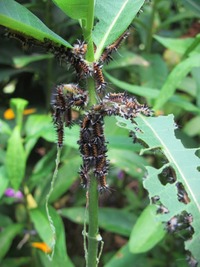
| Recorded by: Geni Carico on 2025-07-17
Randolph Co.
Comment: | 
| Recorded by: Mark Basinger on 2025-06-24
Buncombe Co.
Comment: |
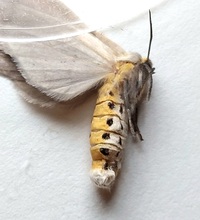
| Recorded by: Mark Basinger on 2025-06-24
Buncombe Co.
Comment: | 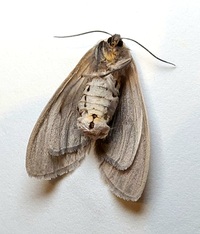
| Recorded by: Mark Basinger on 2025-06-24
Buncombe Co.
Comment: |
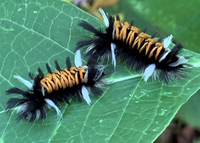
| Recorded by: Jim Petranka and Becky Elkin on 2024-08-17
Buncombe Co.
Comment: On Poke Milkweed (Asclepias exaltata). | 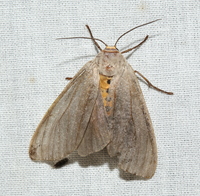
| Recorded by: David George, Jeff Niznik, Patrick Coin, Steve Hall, Carol Tingley, Tom Howard on 2024-07-27
Chatham Co.
Comment: |
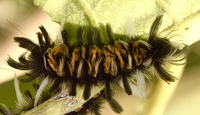
| Recorded by: Stephen Dunn on 2024-06-28
Orange Co.
Comment: | 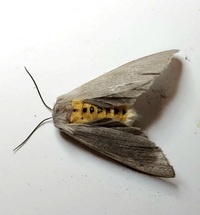
| Recorded by: Mark Basinger on 2024-06-26
Yancey Co.
Comment: |
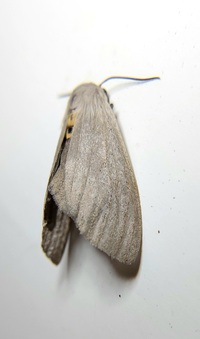
| Recorded by: Mark Basinger on 2024-06-26
Yancey Co.
Comment: | 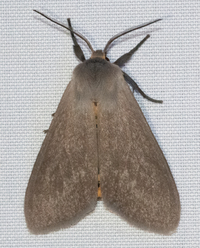
| Recorded by: Emily Stanley on 2024-06-03
Buncombe Co.
Comment: |

| Recorded by: Owen McConnell on 2024-05-26
Graham Co.
Comment: | 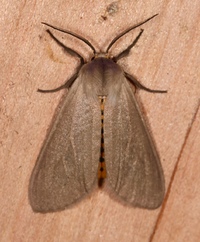
| Recorded by: Jim Petranka, Mark Basinger and Becky Elkin on 2024-05-16
Buncombe Co.
Comment: |
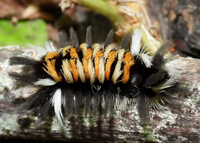
| Recorded by: tom ward on 2023-09-19
Buncombe Co.
Comment: | 
| Recorded by: Nora Murdock, Robert Emmott on 2023-09-06
Haywood Co.
Comment: |
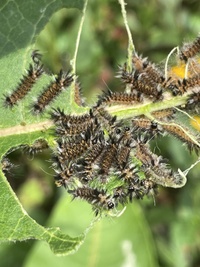
| Recorded by: Morgan Freese on 2023-08-06
Buncombe Co.
Comment: | 
| Recorded by: Dean Furbish on 2023-08-05
Wake Co.
Comment: |
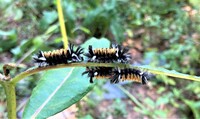
| Recorded by: Dean Furbish on 2023-08-05
Wake Co.
Comment: | 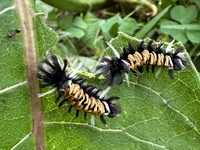
| Recorded by: Dawn-Michelle Oliver on 2023-07-30
Caswell Co.
Comment: |
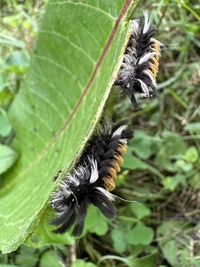
| Recorded by: Dawn-Michelle Oliver on 2023-07-30
Caswell Co.
Comment: | 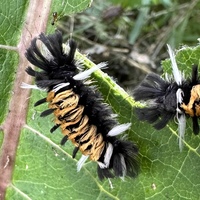
| Recorded by: Dawn-Michelle Oliver on 2023-07-30
Caswell Co.
Comment: |
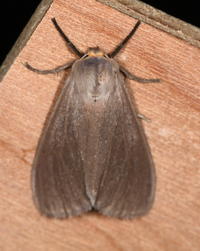
| Recorded by: Jim Petranka and Becky Elkin on 2023-07-27
Buncombe Co.
Comment: | 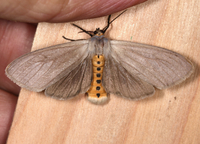
| Recorded by: Jim Petranka and Becky Elkin on 2023-06-24
Buncombe Co.
Comment: |
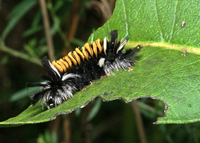
| Recorded by: Chuck Smith on 2022-09-13
Davidson Co.
Comment: | 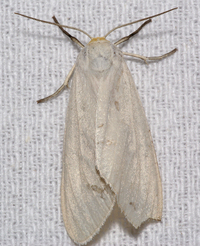
| Recorded by: Chuck Smith on 2022-08-19
Davidson Co.
Comment: |

| Recorded by: Jim Petranka on 2022-06-13
Madison Co.
Comment: | 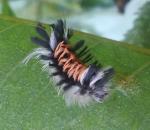
| Recorded by: G. Schneider on 2021-08-17
Ashe Co.
Comment: |
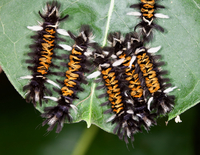
| Recorded by: Jim Petranka and Becky Elkin on 2021-08-14
Madison Co.
Comment: Large numbers were feeding on Common Milkweed. | 
| Recorded by: David George on 2021-08-09
Alamance Co.
Comment: |
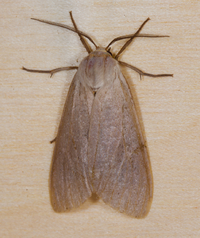
| Recorded by: Jim Petranka on 2021-07-06
Madison Co.
Comment: | 
| Recorded by: Jim Petranka on 2021-07-06
Madison Co.
Comment: |
|

 »
»



 »
»

